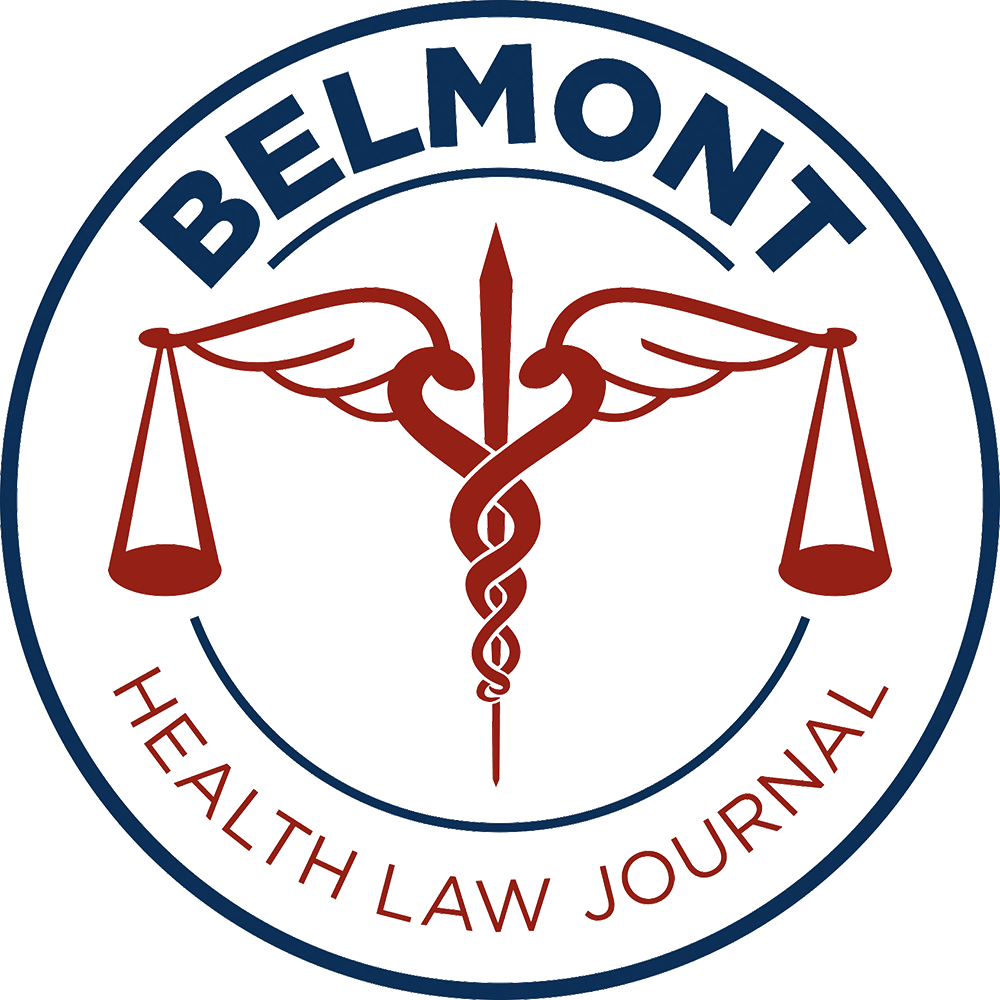Kendall Warden, Class of 2024, Belmont Law
On October 18, 2022, the DOJ filed complaints against six e-cigarette manufacturers seeking permanent injunctions for violations of the Food and Drug Administration’s premarket review requirements for new tobacco products. Even if a product is already being sold, the Federal Drug, Food and Cosmetic Act requires manufacturers to submit an application for approval. The DOJ is attempting to stop these e-cigarette manufacturers from continuing the illegal manufacture and sale of unauthorized vaping products that have not been approved. So far, this rule has allowed the DOJ to issue over 300 warnings to several e-cigarette manufacturers and prompted many of the manufacturers to remove their products from the market.
In the present lawsuits filed in several U.S. District Courts, the complaints allege that the e-cigarette manufacturers, “caused tobacco products to become adultered and misbranded while held for sale after shipment of one or more of their components in interstate commerce.” The complaints further allege that the defendants continued to manufacture, sell, and distribute the adultered and misbranded tobacco products after receiving warning letters from the FDA. These suits are among the first pursuing permanent injunctions of e-cigarette manufacturers for violations of the federal Food, Drug and Cosmetic Act’s premarket review requirements.
The six defendant e-cigarette manufacturers are: (1) Seditious Vapours LLC, based in Phoenix, Arizona; (2) Vapor Craft LLC, based in Columbus, Georgia; (3) Lucky’s Convenience & Tobacco LLC, based in Wichita, Kansas; (4) Morin Enterprises Inc., based throughout Minnesota; (5) Super Vape’z LLC, based in Lakewood, Washington; and (6) Soul Vapor LLC, based in Princeton, West Virginia.
All six defendants received notice that their products required FDA approval before their products could continue to be sold. However, all six defendants continued to manufacture and sell their e-cigarette products following said notification. None of the defendants attempted to obtain FDA authorization for their e-cigarettes at issue in these lawsuits.
Several U.S. attorneys made comments on the current suits. U.S. Attorney Peter D. Leary for the Middle district of Georgia stated that business’s compliance with federal regulations that are put in place to protect consumers is absolutely vital. U.S. Attorney Nick Brown for the Western District of Washington pointed out that the e-cigarette manufacturer in Washington was not only selling potentially adulterated products, but also contributed to a bigger public harm by selling e-cigarettes to underage kids. Finally, Brian King, the director of the FDA’s Center for Tobacco Products, expressed tremendous frustration with e-cigarette manufacturers who repeatedly break the law after being given notice and multiple opportunities to comply.
These actions are an important first step in eliminating the illegal sale of unauthorized e-cigarette products. More importantly, these actions are an important step towards decreasing the likelihood of underage kids gaining access to e-cigarettes.
https://www.cnn.com/2022/10/18/health/e-cigarette-manufacturers-fda-justice-department
